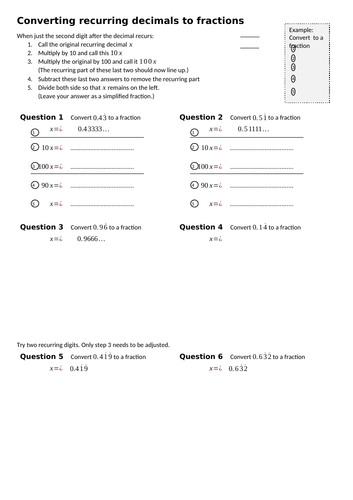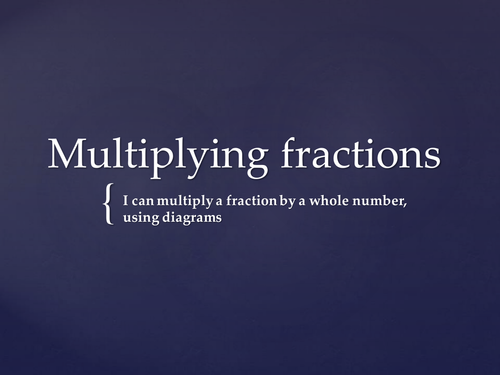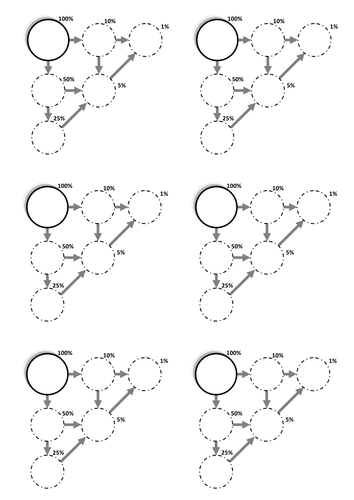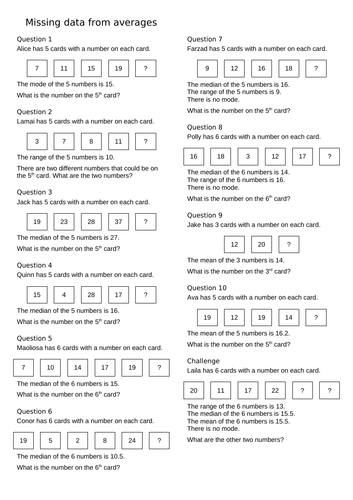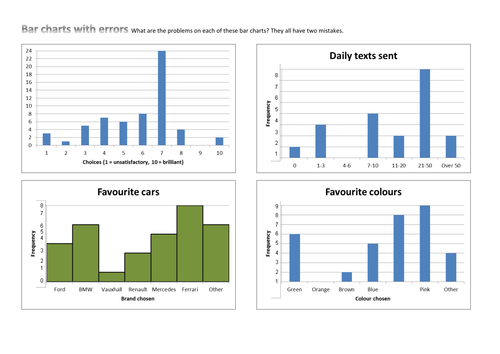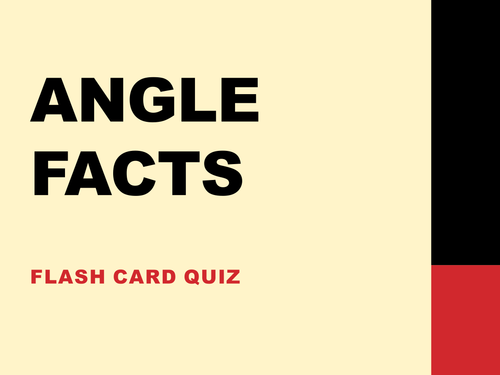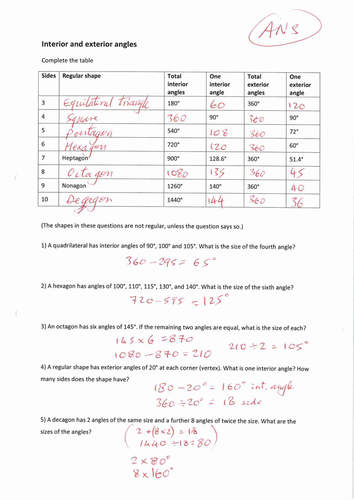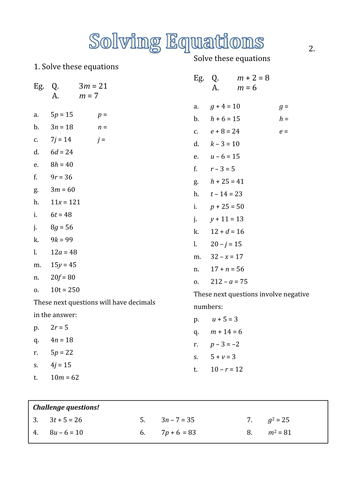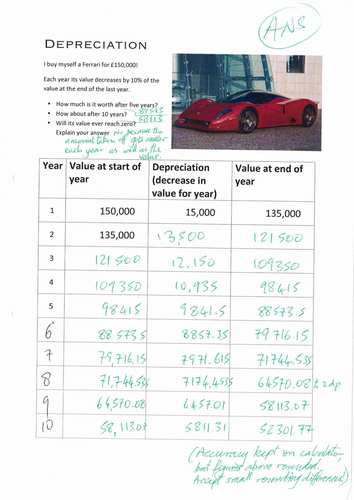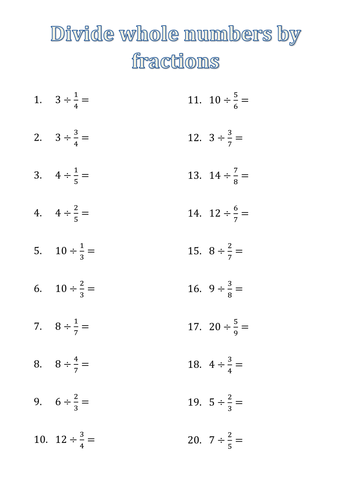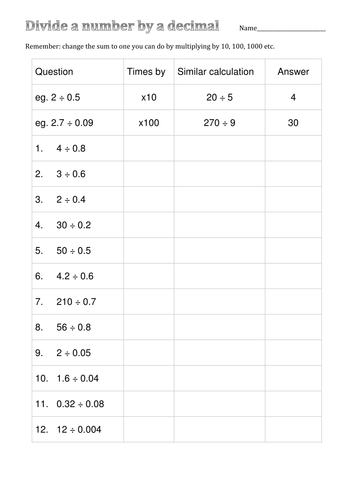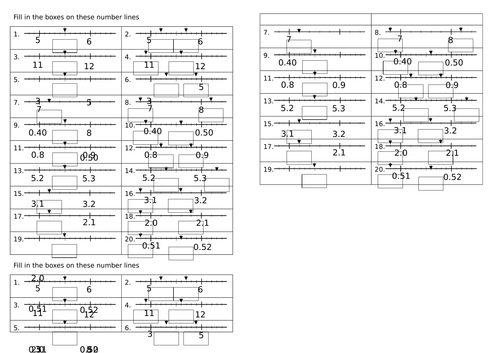
130Uploads
944k+Views
1089k+Downloads
Math

Perimeters of compound shapes with missing lengths
Various shapes (all but one rectilinear). All have missing lengths which need to be found. Two are in mixed units. Answers given in text box. (Delete before printing!)

Recurring decimals to fractions - scaffolded
Scaffolded worksheet for converting decimal with second or second/third digit from decimal recurring.

Multiply fraction by a whole number
Visual demonstration/explanation of multiplying a fraction by a whole number using diagrams

Pie charts - complete fractions & degrees
6 tables to complete as source data for drawing pie charts. All integer values.

Increase by 20% VAT QQT cards
16 percentage increase problems based on 20% VAT. Originally designed as Quiz-quiz-trade cards.
QQT - Everyone has a card. Form pairs. Person A asks Person B what the price of an item is after VAT increase. If Person B unsure, then Person A uses the coaching hints to help guide Person to the correct answer. The Person B repeats process on Person A. (The Quiz-Quiz part.) Now the pair exchange cards and go off to find new victims ;) (The Trade part).
[25/1/16. Grammar corrected!]

Percentage increase and decrease 'demo'
Promethean flipchart demonstrating percentage increase and decrease. Authored in ActivStudio 3.5 but should import into ActivInspire.

Maths Percentage bubbles worksheet
Triangle layout with clear, logical structure. Originally seen in Shahira Ibrahim's resource. Set of six blank triangles to use on one page.

Find missing data using averages
A set of questions where you use mode, range, median and mean to find one or two missing values from a list. Answers provided.

Multiplication - developing the compact method (long multiplication)
Worksheet that breaks down multiplication of 2 digit numbers to develop understanding of the compact method
[14/9/15 - mistake corrected]

Parallel lines & angle facts quiz
20 quick questions on angles (largely) in parallel lines. Emphasis on use of correct terminology. Could be done on mini-whiteboards, or otherwise as quiz, rather than flashcards.

Factorising from pictures - Sit 'em down
Presentation that introduces factorising by trying to split arguing kids into equal groups with equal numbers of adults. Goes on to algebraical representation without pictures.
Worksheet and answers now together here

Reflections in named lines: KS3 / KS4 Math
First worksheet is a starter getting learners to name lines like x=2 and y=1. (It is assumed this has been covered previously.) Second worksheet asks students to draw reflections in named lines. (It is assumed they have drawn reflections in general before.)

Maths Interior and exterior angles worksheet
Simple complete the table and answer a few questions exercise.
(12/7/16 Corrupted resource reinstated)

Solve 1-step equations
Mainly simple '1-step' equations, but some with negative or fractional answers

Depreciate my Ferrari!
Percentage increase and decrease. Table for depreciating a Ferrari over 5+ years. (10/2/14) Second worksheet added with similar compound interest example.

Divide whole number by a fraction
Simple worksheet on dividing whole by unit and non-unit fractions. (20 questions, no examples. Last three have mixed number answer.)
(12/7/16) Answers uploaded

Dividing by a simple decimal
Structured worksheet for dividing by a simple decimal. Uses principle of finding a similar calculation that gives the same answer - so instead of 36 / 0.09, find 3600 / 9.
(12/7/16) Answers uploaded

Place value - use scales to find intermediate decimal values
20 quick questions. Use scale on left to get middle value (eg. between 5 and 6) or to establish the increments on the scale. 2nd question, fill in two more values on scale on right based on that answer. Repeat x 10. (Most increments are 10, but some are just five 'per unit'. One, two and 3 decimal places.)

Negative number operations check-up
Add/subtract mixed with multiply/divide, seeking to clarify which signs you need to look at when deciding how to use signs in the answer.Straight-forward worksheet (2 copies per sheet - chop in half!).


